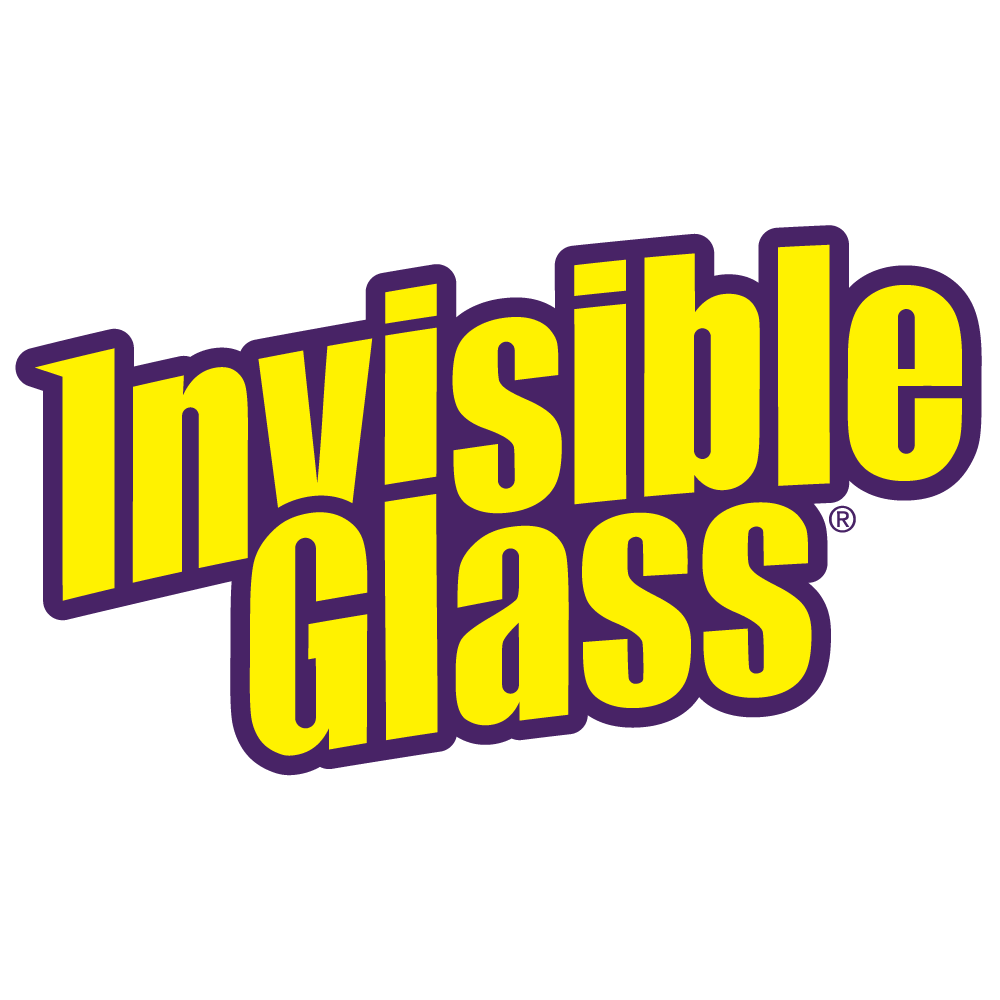
Eyeglasses help us to see, allow us to express ourselves fashionably, and protect our eyes from harmful UV and blue light. Often, people wipe away dirt or smudges using a dry tissue or their shirt, causing scratches. Improper cleaning can damage lenses, but the correct technique and products yield safe crystal-clear results. This post will break down the cleaning process to help you avoid common mistakes.
To clean eyeglasses: Wash and dry your hands, gently blow away loose dirt, wipe with a lens-safe cloth using side-to-side motions, and dry any remaining residue with a dry wipe or microfiber towel.
What You’ll Need
- Lens wipes
- Microfiber towel
Wash and dry your hands.
Start by thoroughly washing your hands with hot, soapy water. Our hands are often dirty, and even clean skin contains natural oils that smear lenses and can be difficult to remove. An ounce of prevention will save you time and products.
Gently blow away loose dirt.
Before applying any product, gently blow on the lenses to remove loose dirt and debris. Even light debris can scratch or damage your lens with added pressure. You can use your breath or an air duster to blow off both sides of the lens.
Choose the right product to use on your lenses.
Many make the common mistake of using a standard glass cleaner on their eyeglasses. Glass cleaners contain strong chemicals to break down and lift dirt from durable glass surfaces. Today’s plastic glasses and lenses are far less damage-resistant than regular glass. Over time, the chemicals in glass cleaners will eat away at your lenses.
Put the glass cleaner aside and reach for a plastic-safe cleaner. Lens wipes are the best tool, as they contain potent cleaners engineered explicitly for safe use with plastics and lenses. If you need a safe, effective lens wipe, consider Invisible Glass’s Lens Wipes .
Wipe with a lens-safe cloth using side-to-side motions.
Using your cloth, wipe the interior sides of the eye lenses using horizontal strokes from side to side. Once you have covered both of the interior sides, move on to the exterior surfaces. For the outer lenses, use straight vertical motions.
Dry any remaining residue with a dry wipe or a microfiber towel.
Lens wipes typically have an opposite side that you can use to wipe or dry cleaning residue. You may use that or a fresh microfiber towel to remove any lifted debris or residue from the lens. Avoid circular motions; these can cause streaks and spots on the lens. Wipe with horizontal strokes for the interior lens and vertical strokes for the outside.
Because you used different wiping strokes, if there are any streaks on the glass, you’ll easily be able to tell which side they’re on. If smears are horizontal, they’ll be on the interior side of the lens; if they are vertical, they’ll be on the outside. To remove any streaks or smudges, get a fresh lens wipe, and repeat the wiping process.
What you shouldn’t do when cleaning glasses.
Here’s what NOT to do when cleaning your eyeglasses:
Don’t: Use spit as a cleaner.
Human mouths contain millions of bacteria, so saliva is not the best choice as a cleaning product. It may be tempting to give eyeglasses a quick spit shine, but spit will do nothing to clean your lenses; most of the time, it’ll just cause smudges.
Don’t: Use standard glass cleaners
Though glass lenses were once the norm, polycarbonate (or plastic) lenses are now the standard. Plastic lenses are thinner and lighter than glass, making them more comfortable for the wearer. Though standard glass cleaners may clean plastic lenses in the short term, their harsh chemicals may damage polycarbonates. Glasses are expensive, so save yourself replacement costs by using only lens-safe cleaners.
Don’t: Use paper towels or napkins to wipe your lenses
Napkins and towels might feel soft to the touch, but they aren’t gentle enough to safely clean an eyeglass lens. These paper products are abrasive enough to leave micro scratches that could distort your vision. Also, paper towels or napkins contain lint that may linger on your lenses after cleaning. Protect your glasses by spending a few extra bucks on a lens wipe or a microfiber cloth.
Don’t: Use hot water
Though we often use warm or hot water to dissolve grease and contaminants while cleaning, washing your glasses with hot water can damage the lenses. If you’ve ever had your glasses adjusted at the eye doctor’s office, you’ve probably noticed that the frames are heated to make them pliable. Any cleaning products used on your lenses should be at room temperature.
See things clearly!
It’s never too late to start cleaning eyeglasses correctly. Following these steps – and avoiding common spectacle-cleaning mistakes – will go a long way in maintaining your lenses. Just follow these steps when cleaning your eyewear: Wash and dry your hands, gently blow away loose dirt, wipe with a lens-safe cloth using side-to-side motions, and dry any remaining residue with a dry wipe or microfiber towel. Protect your vision and your investment, and enjoy the 20/20 view!



